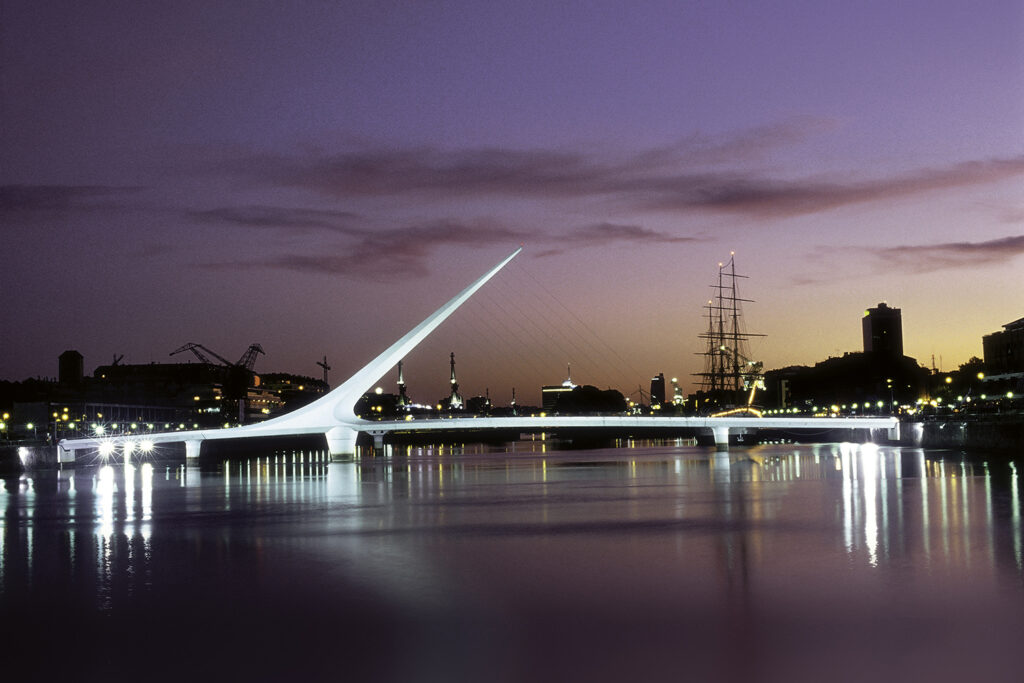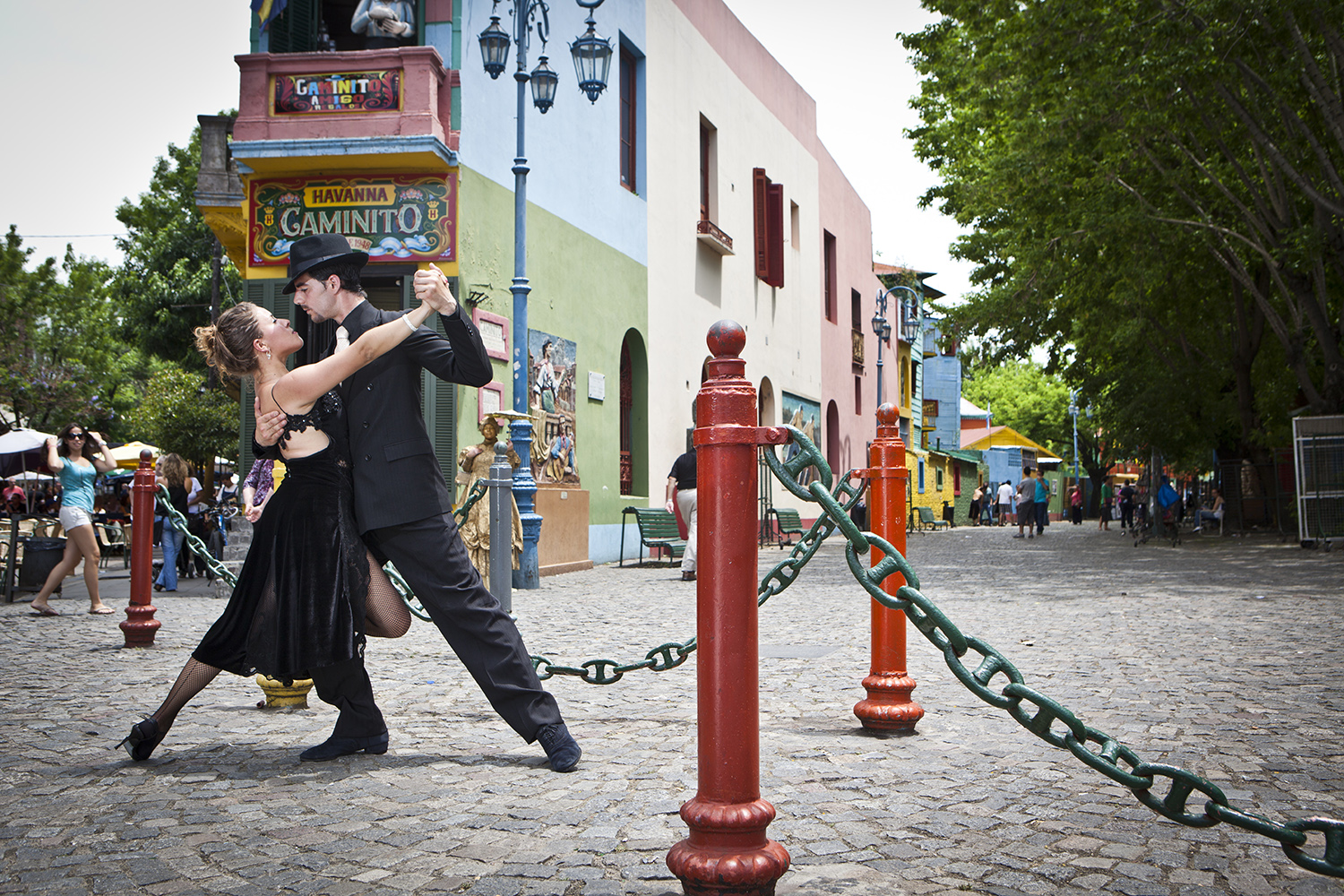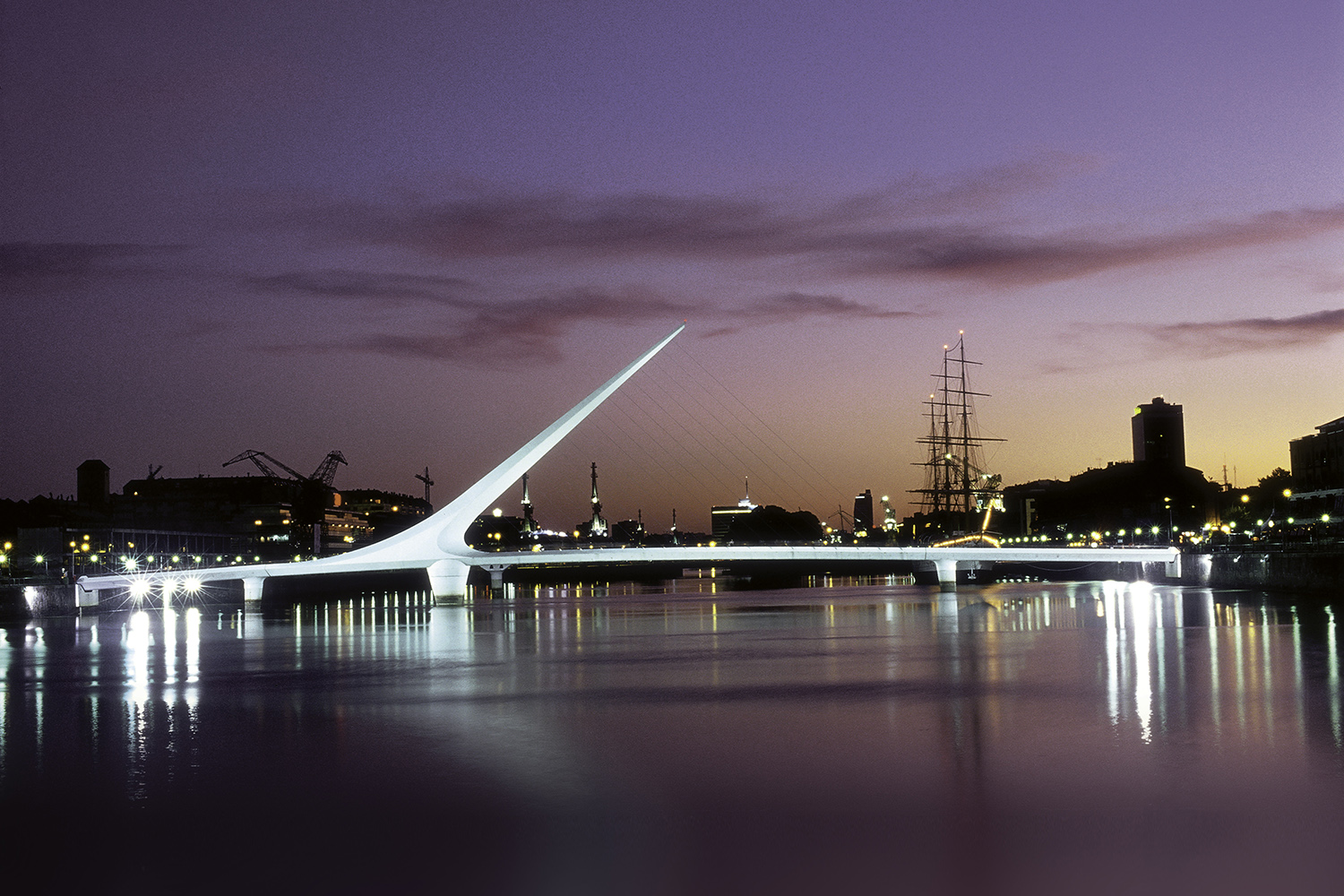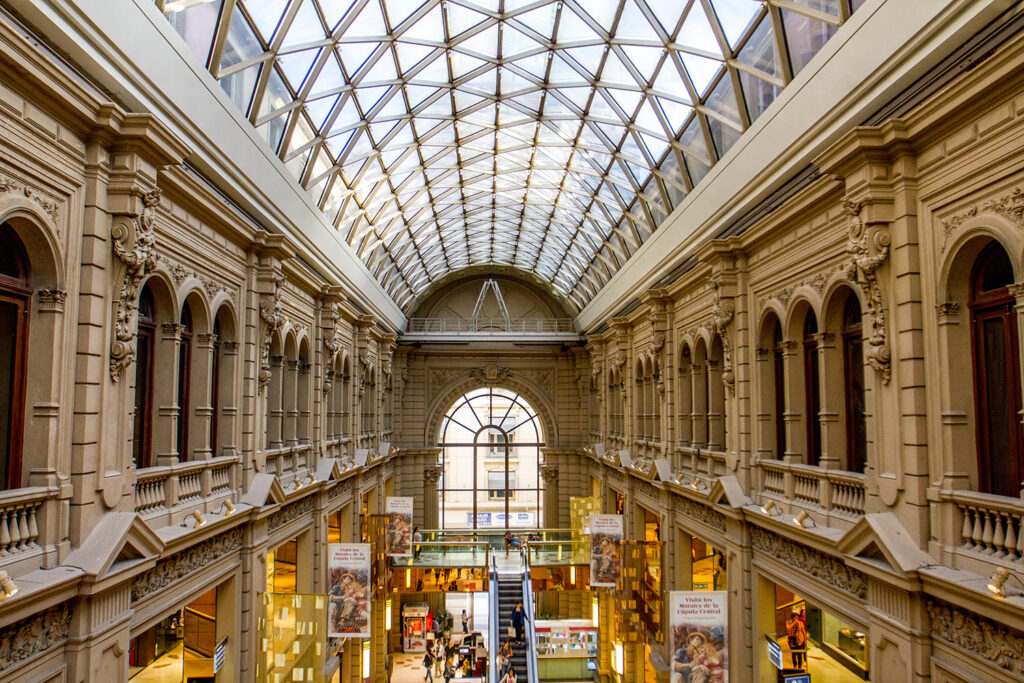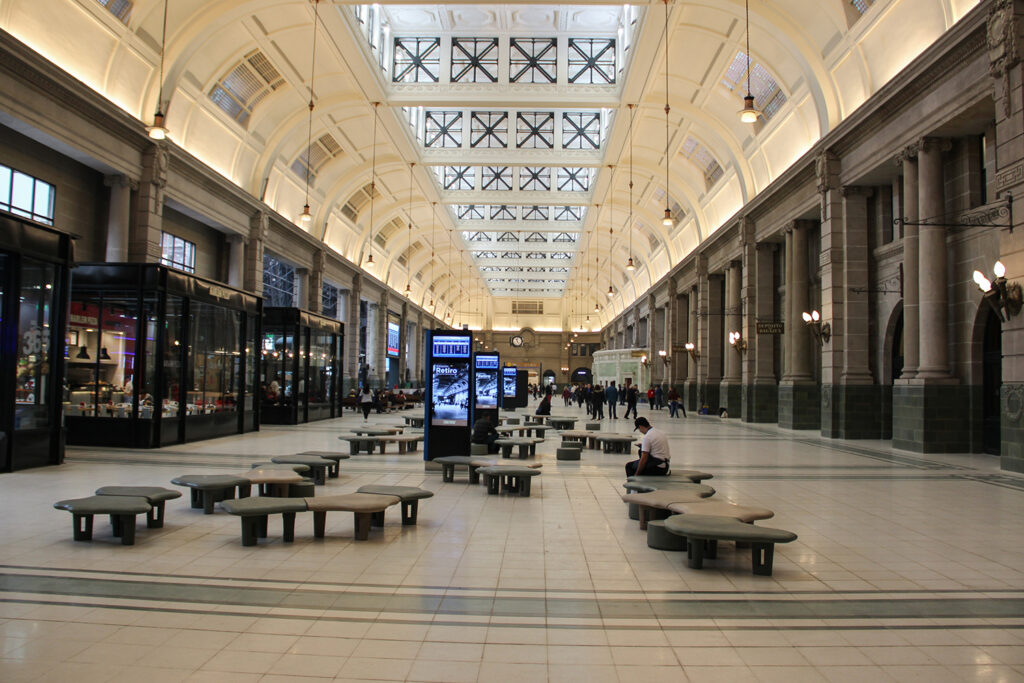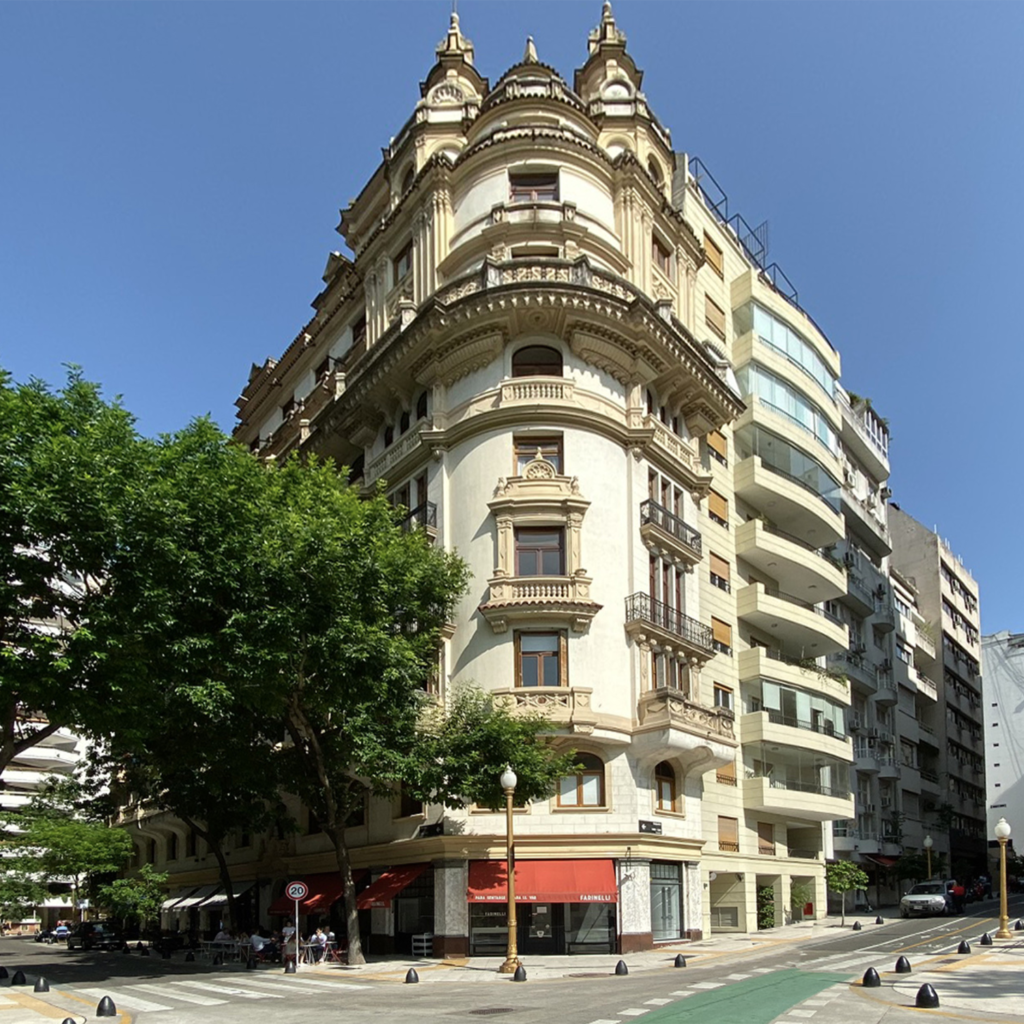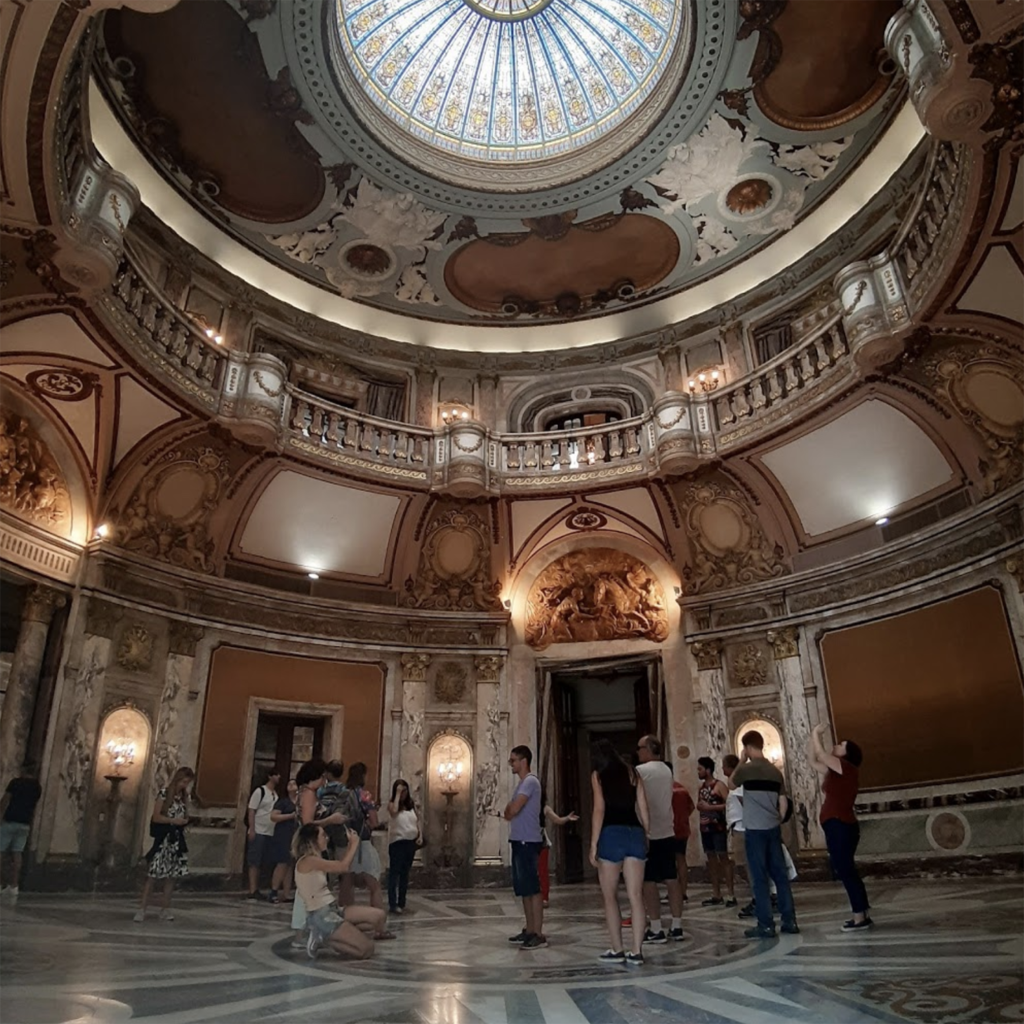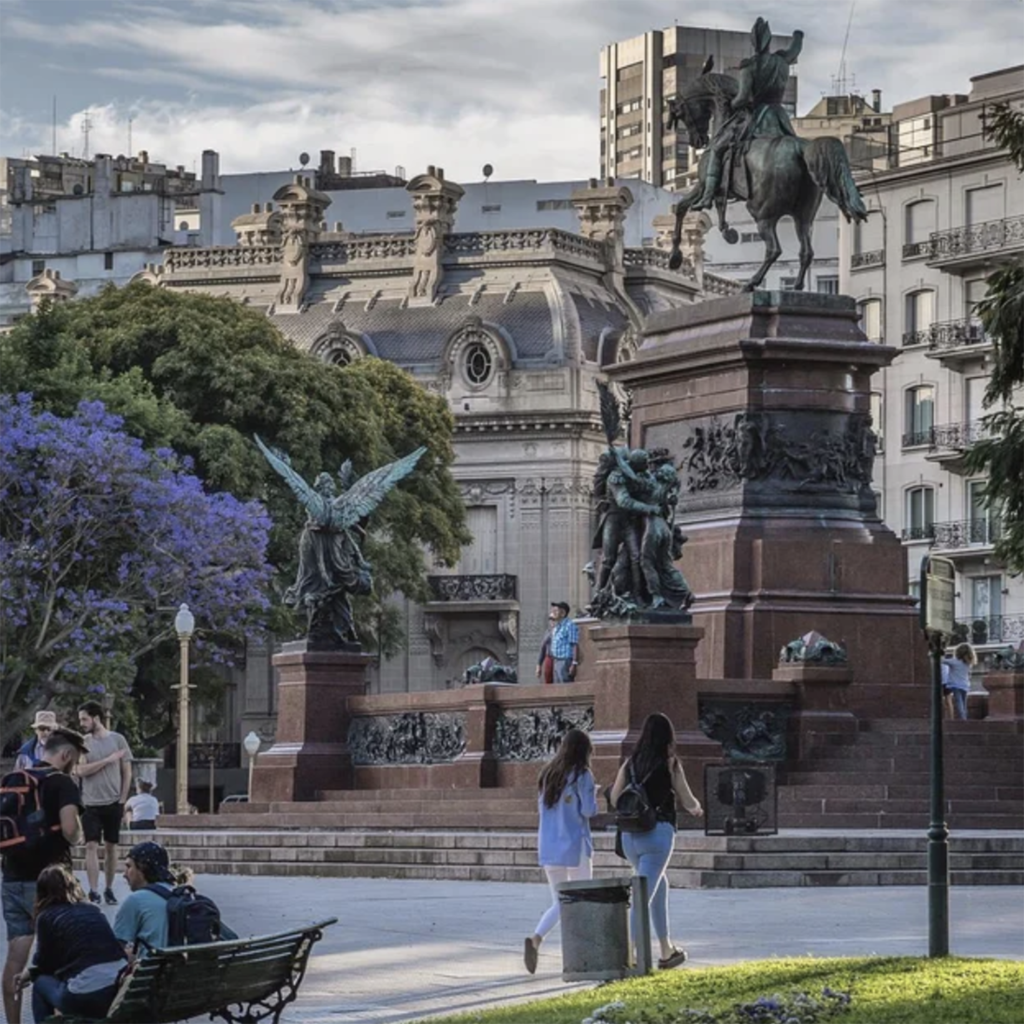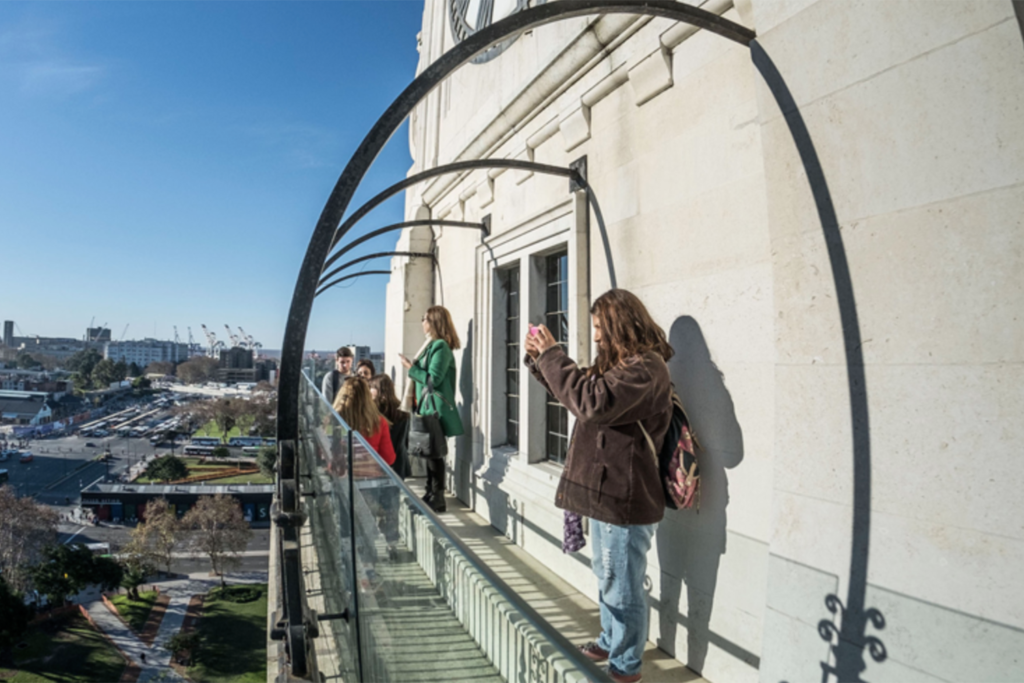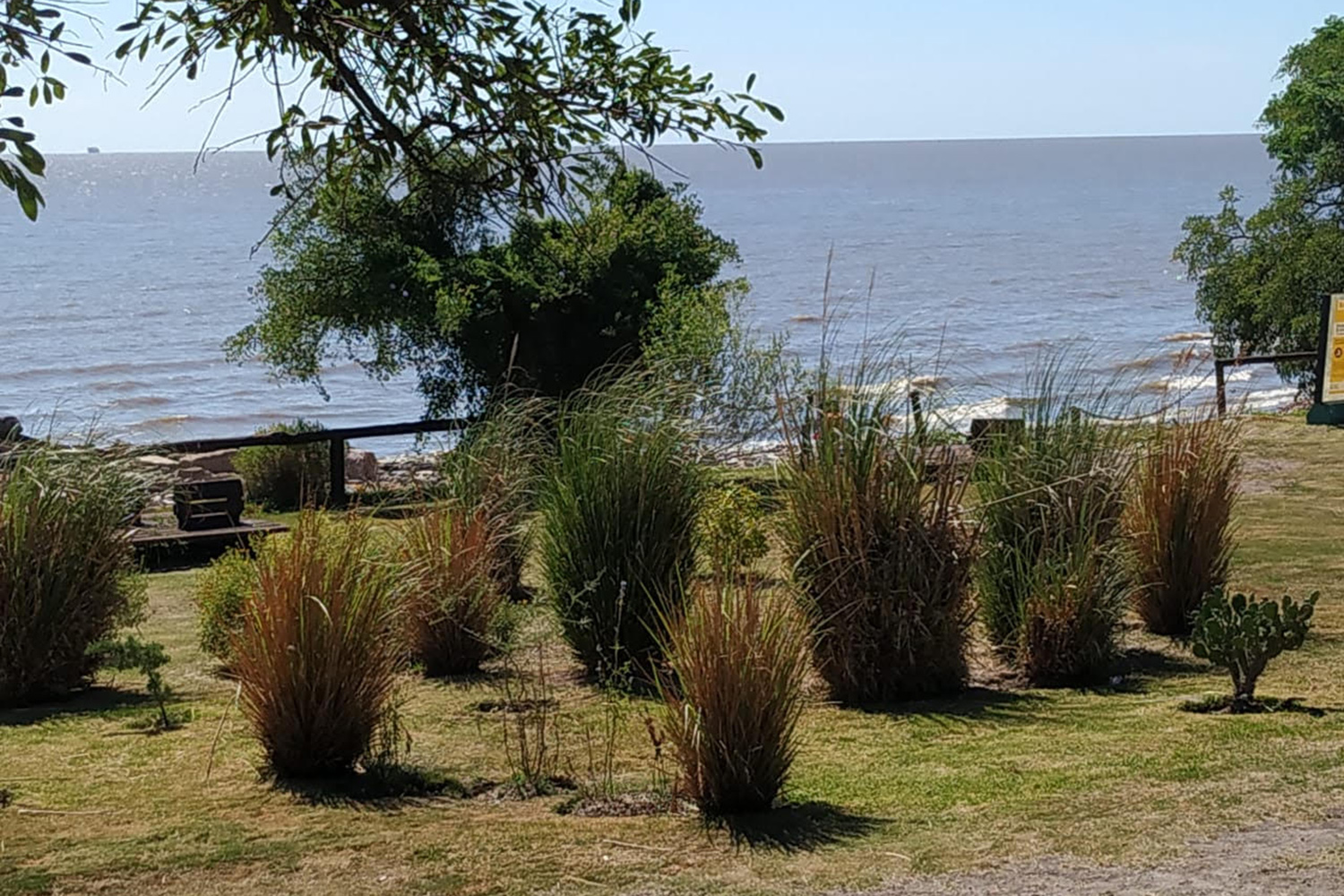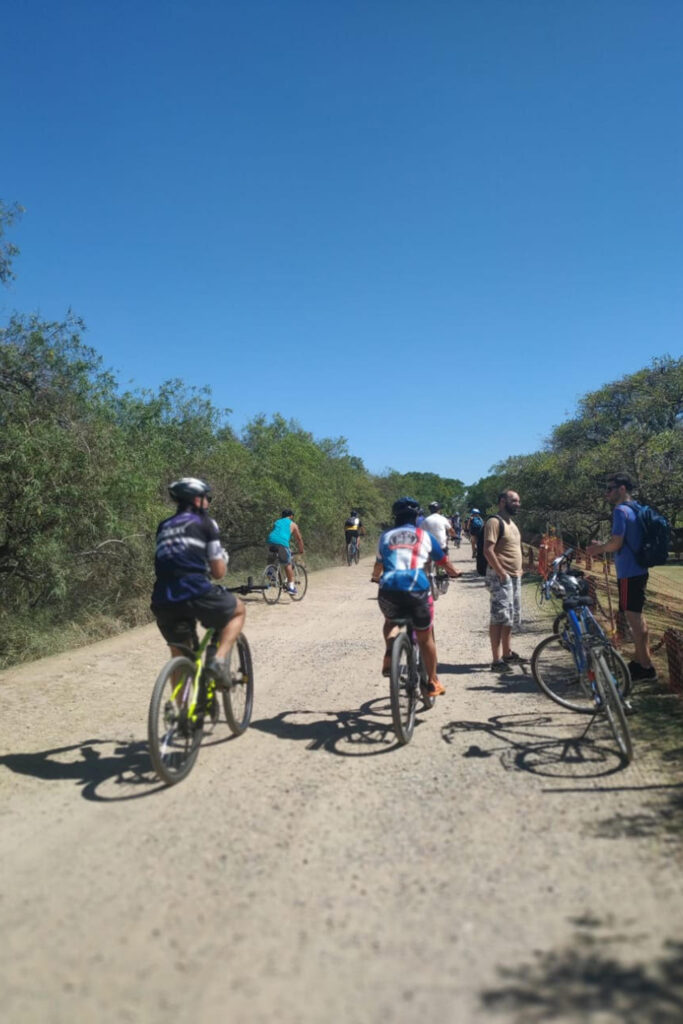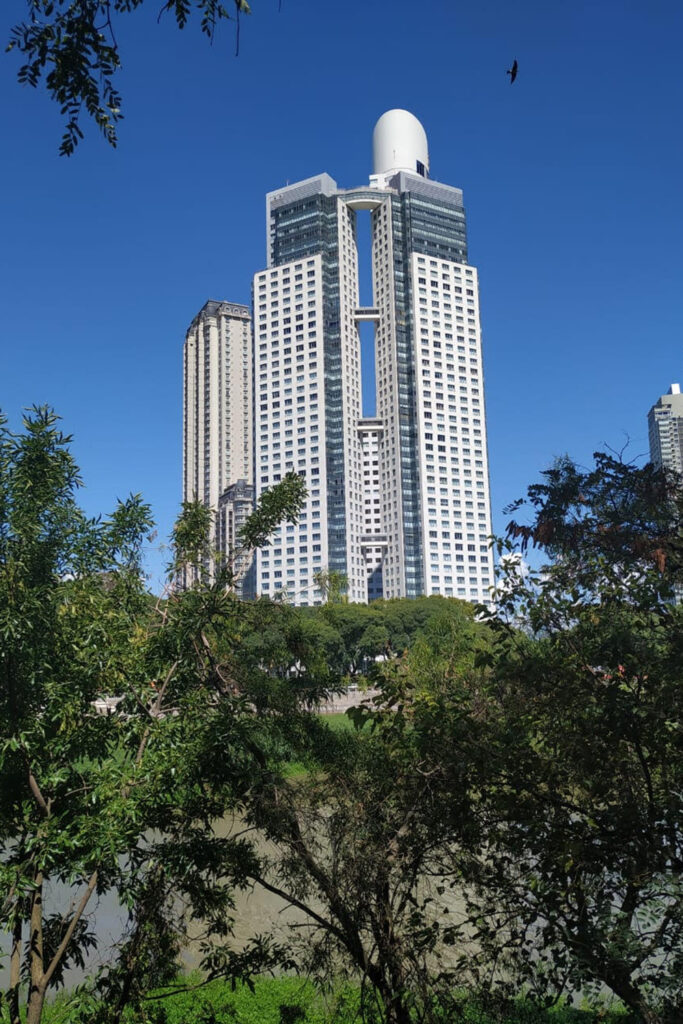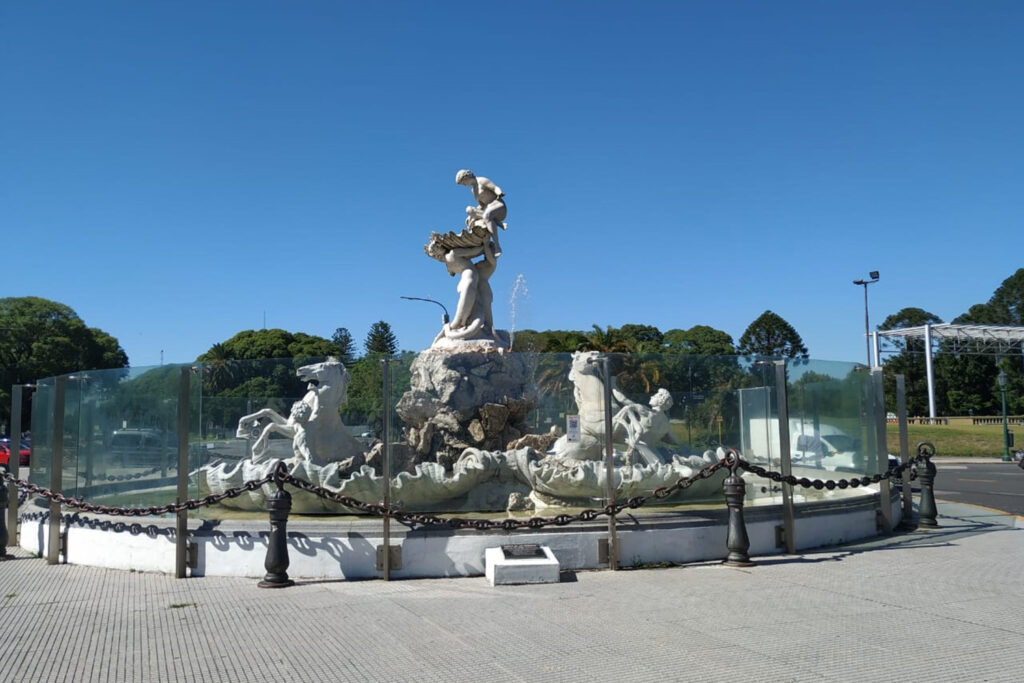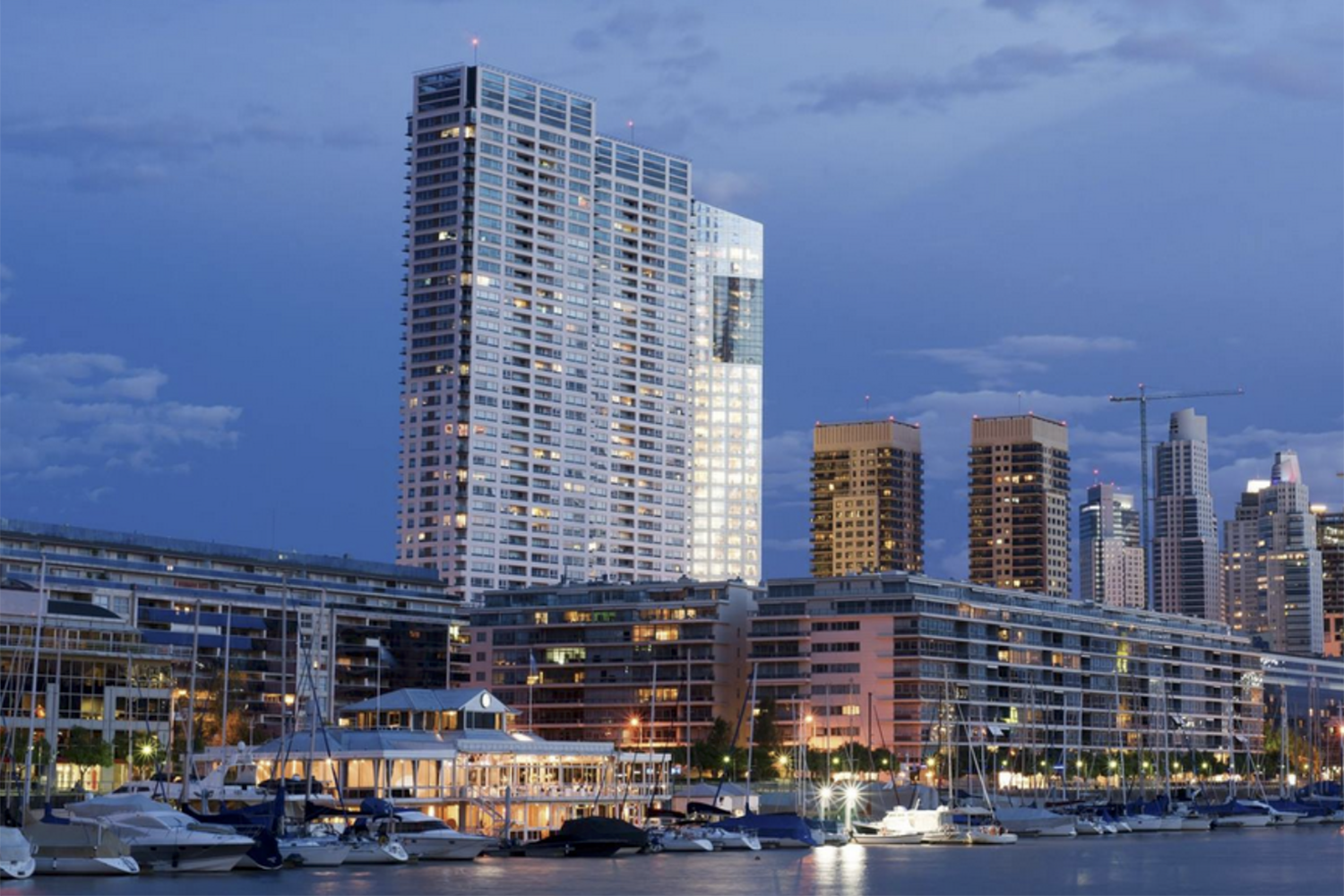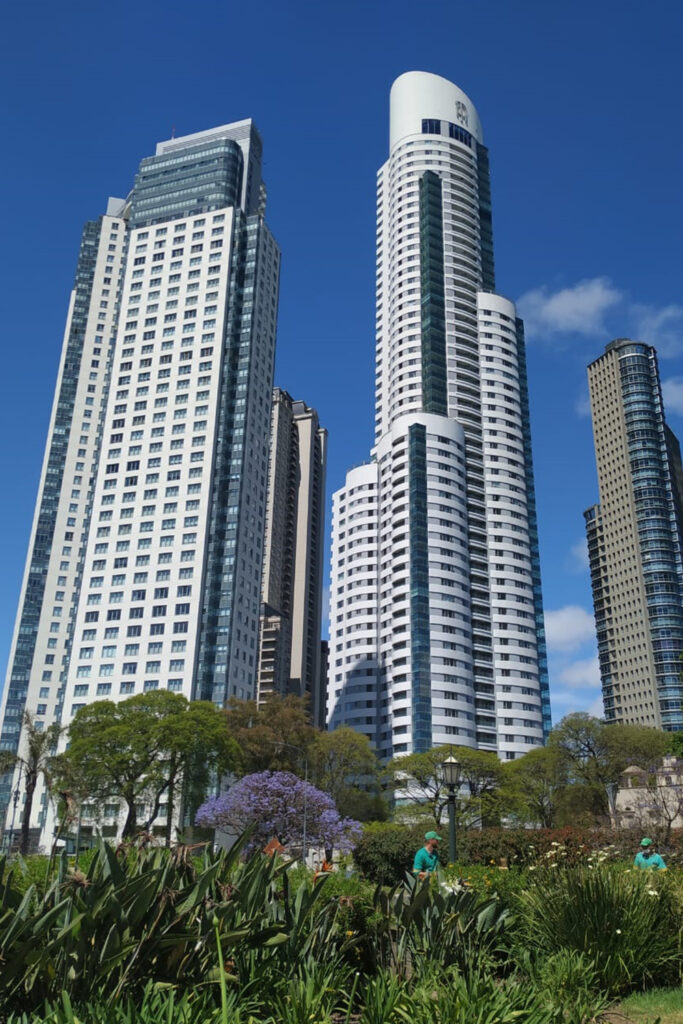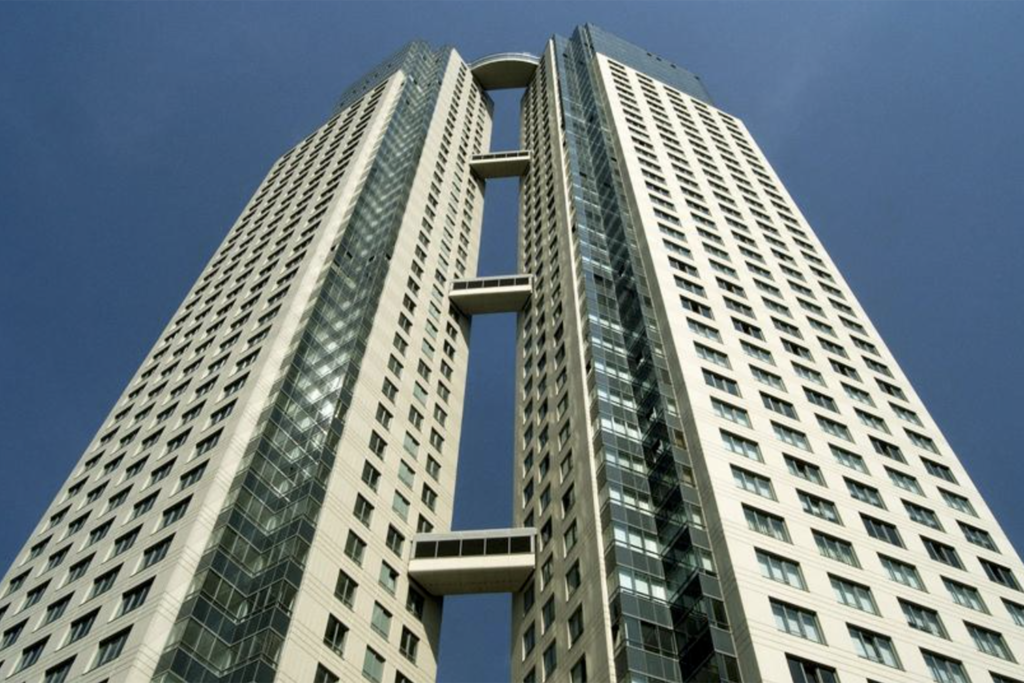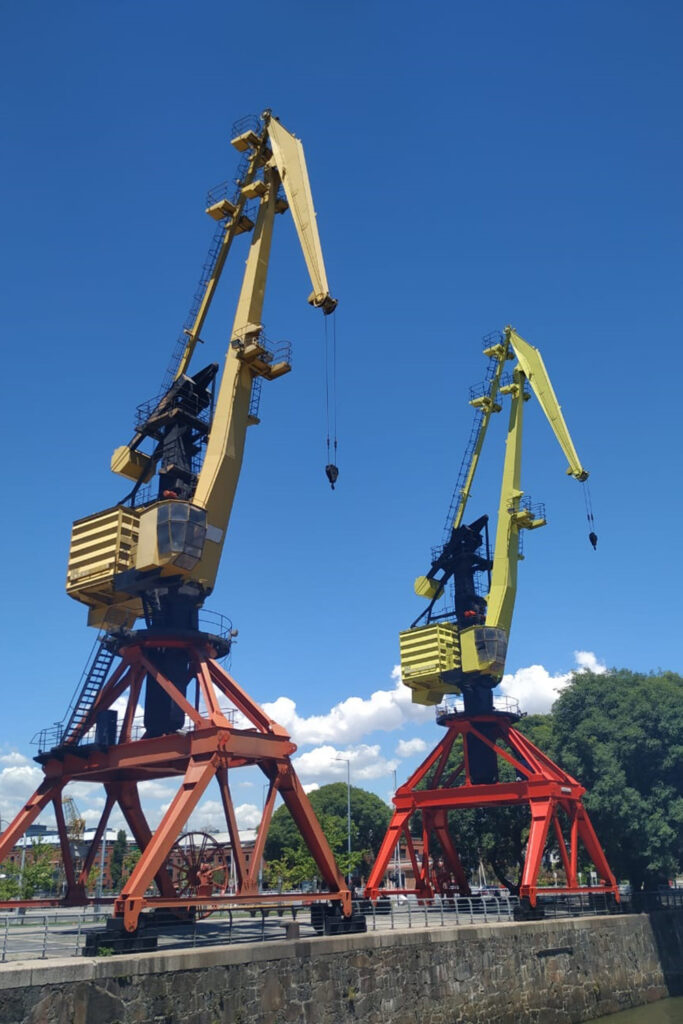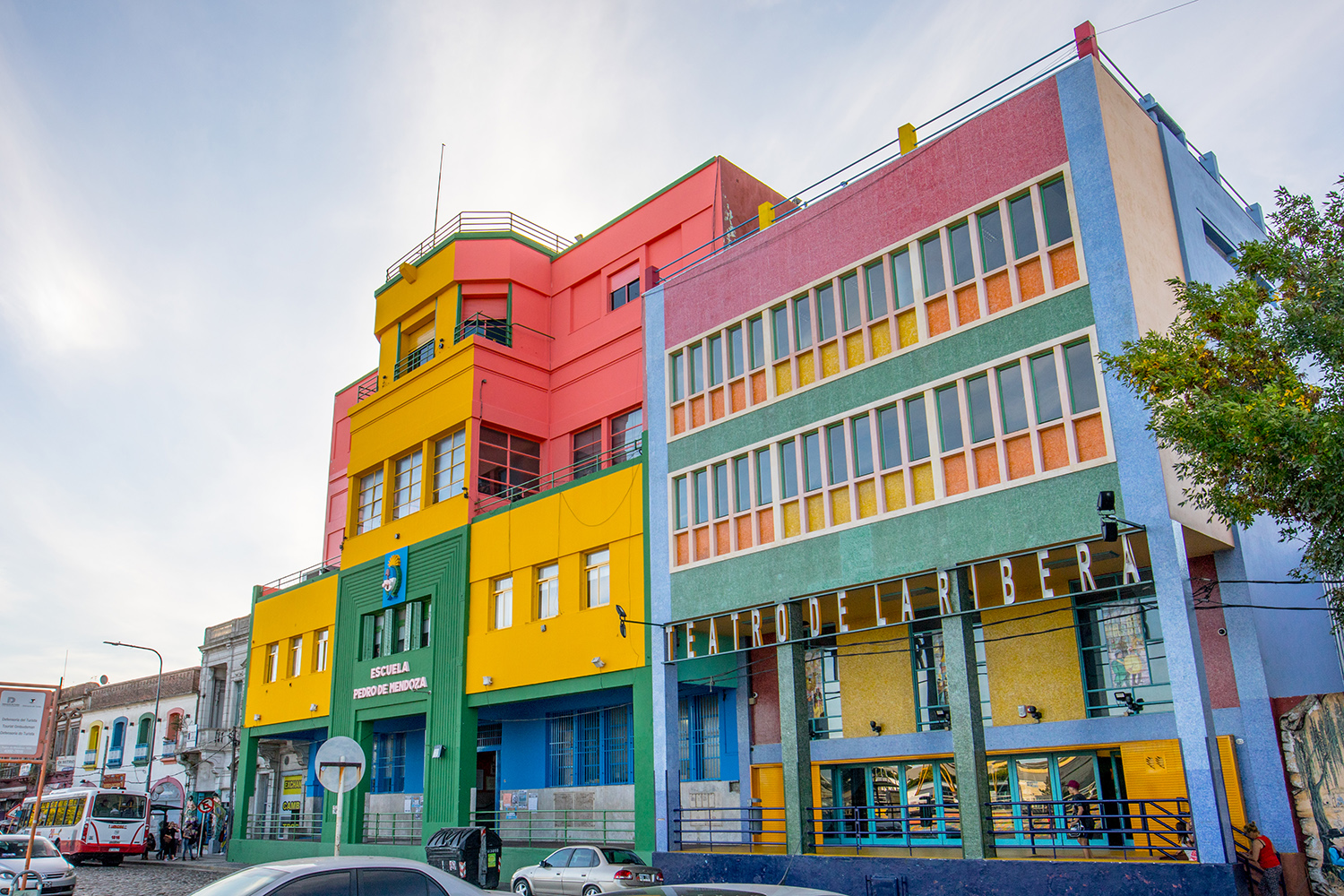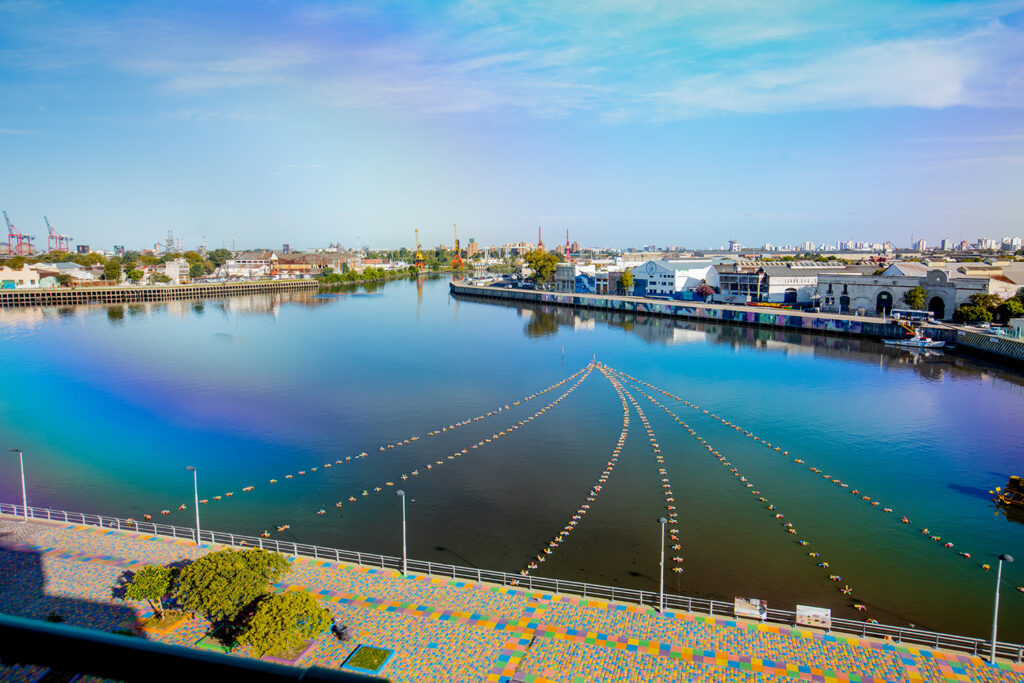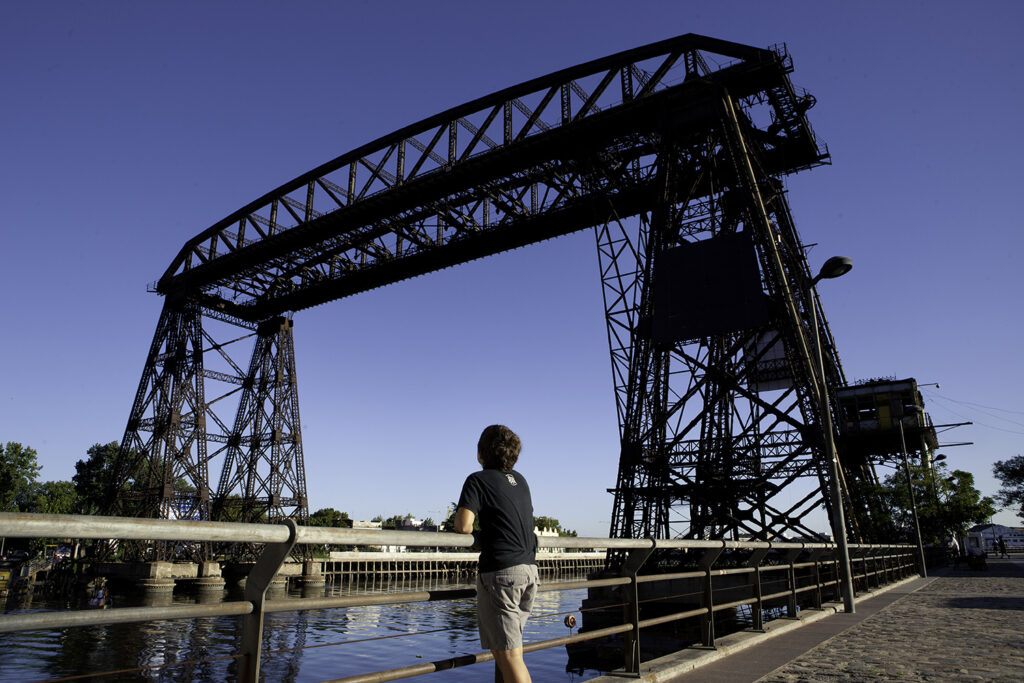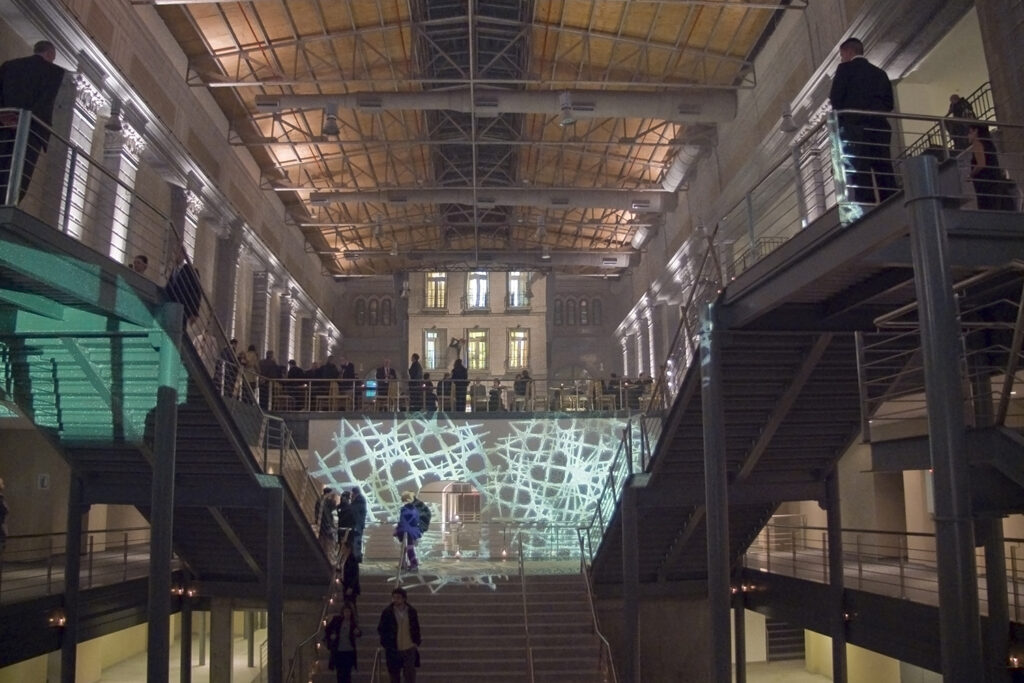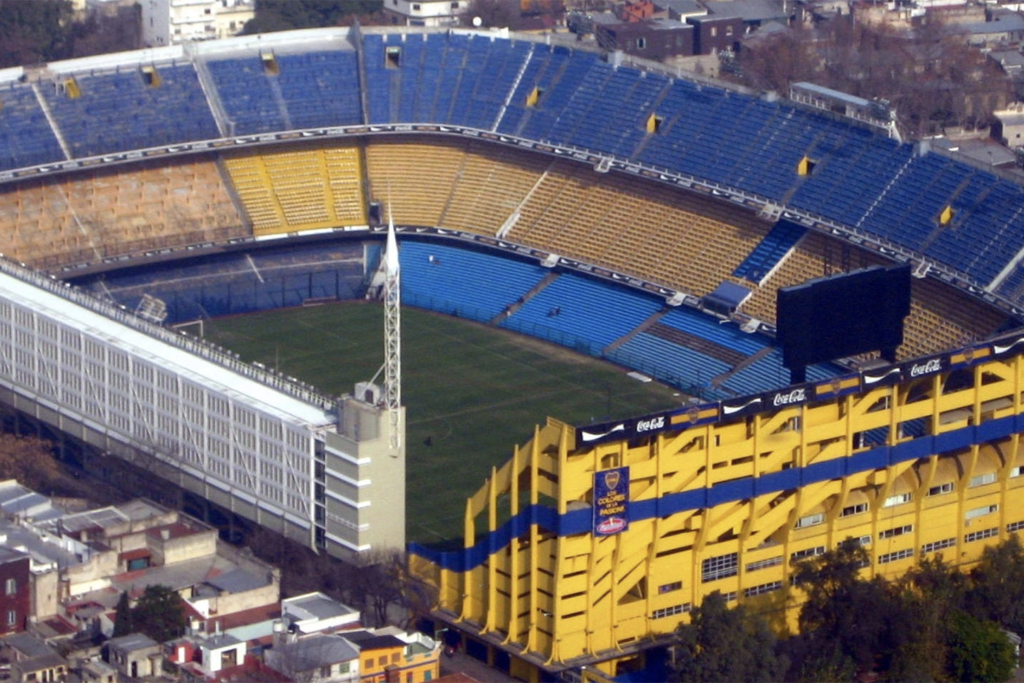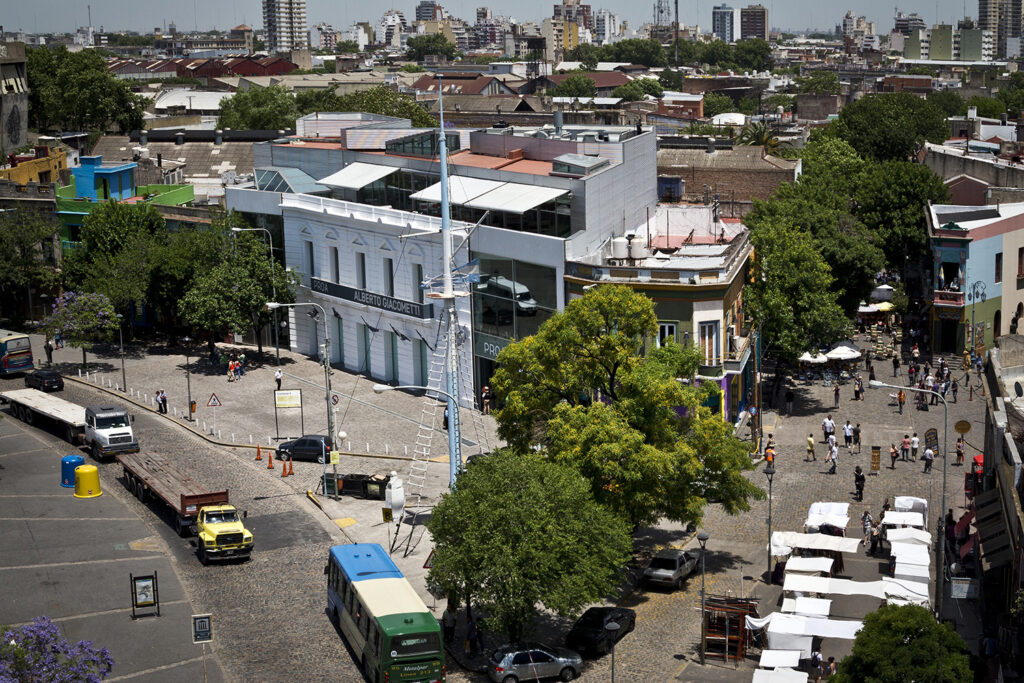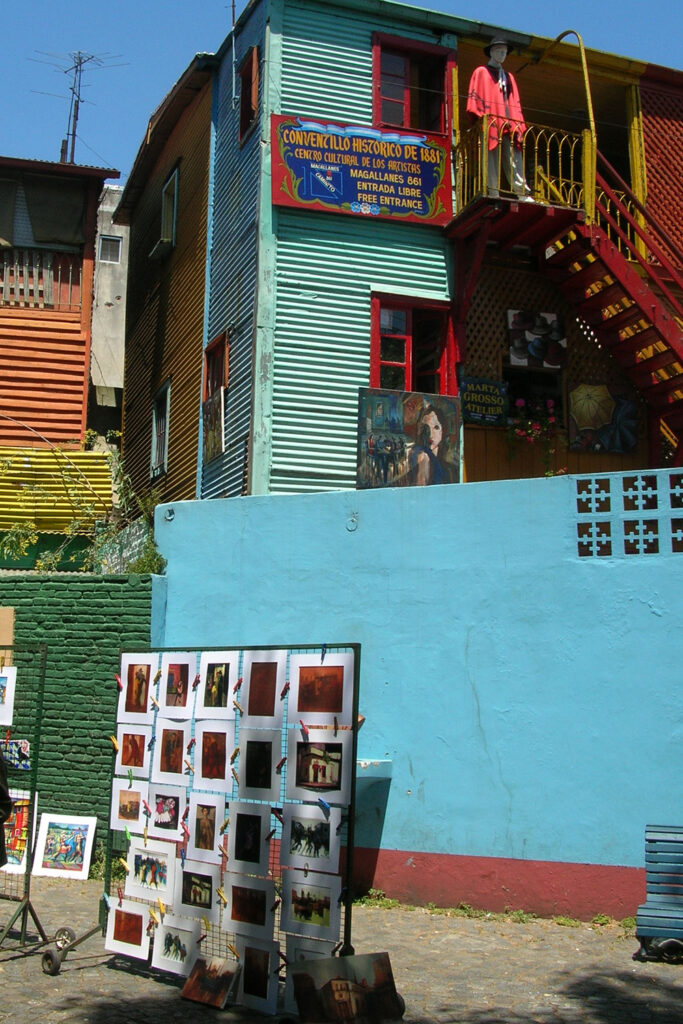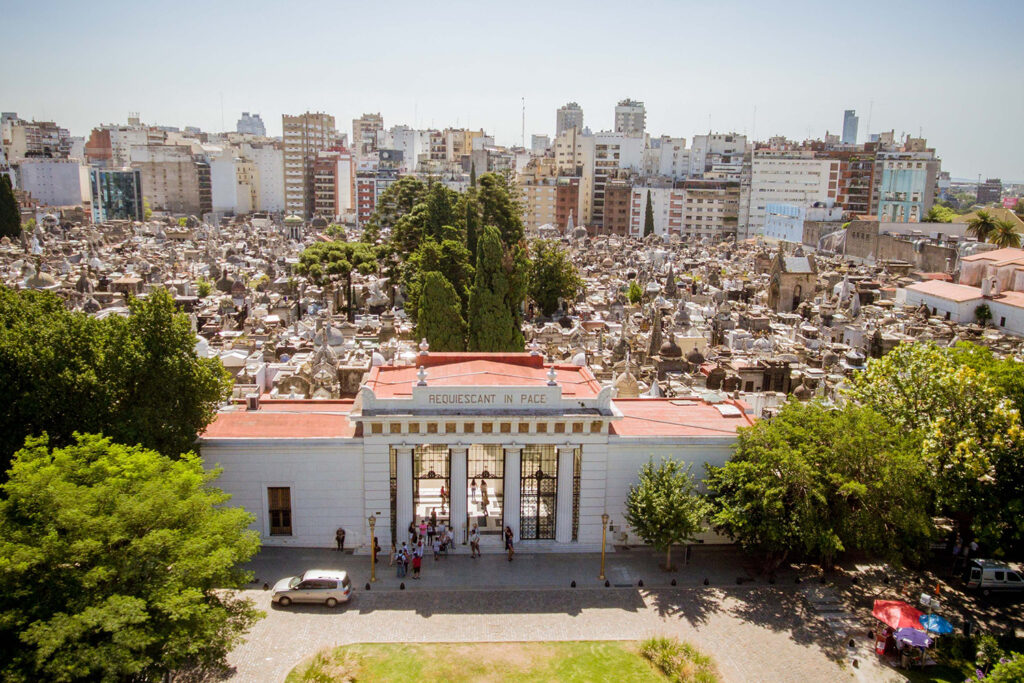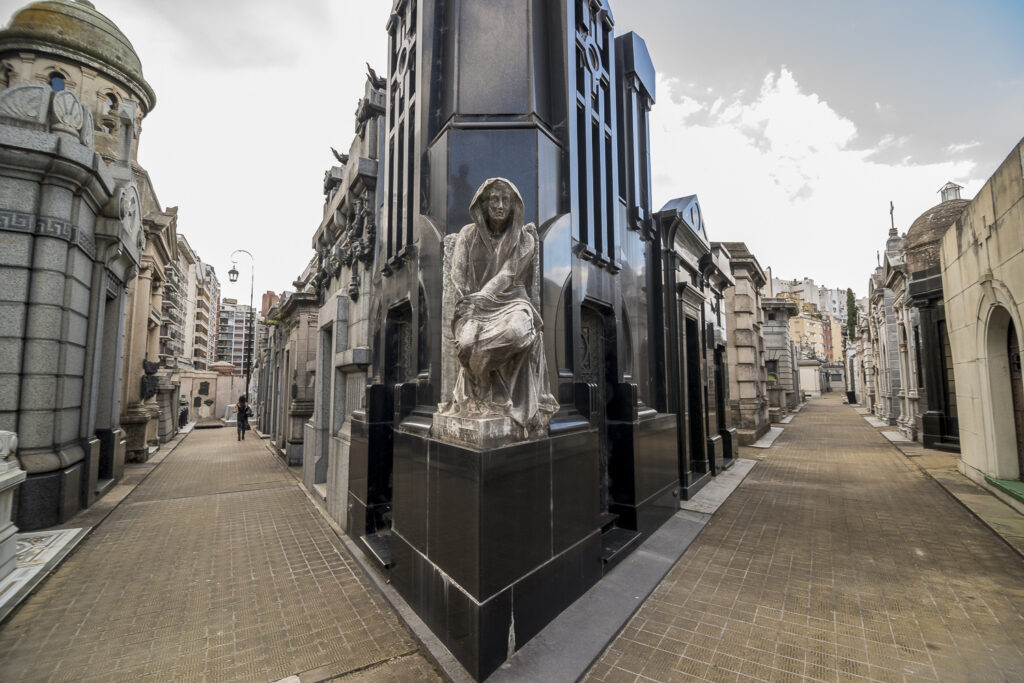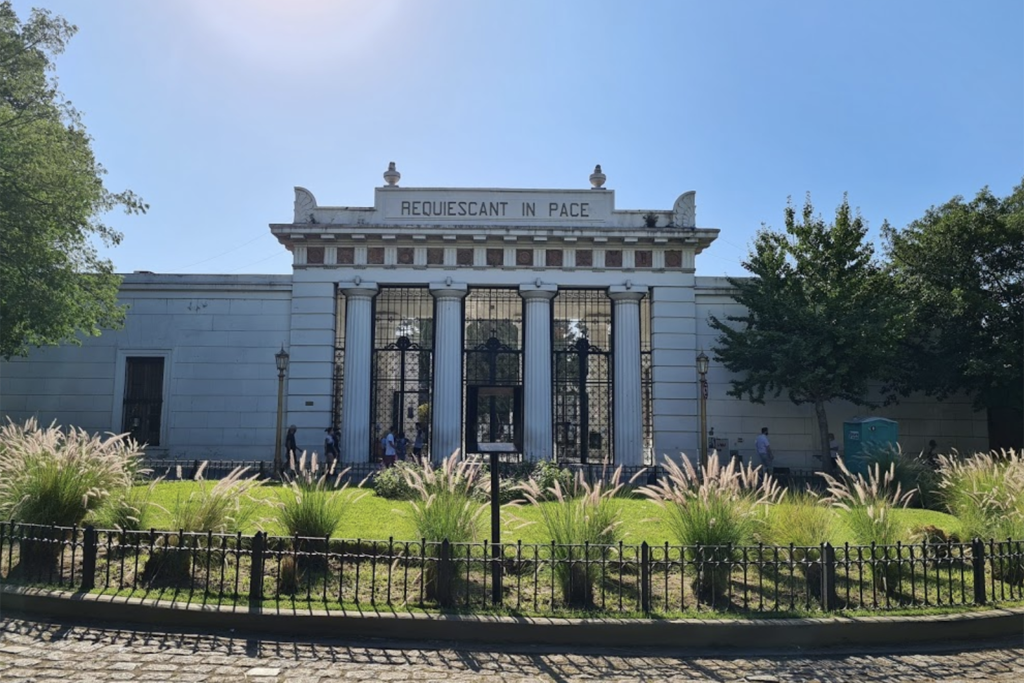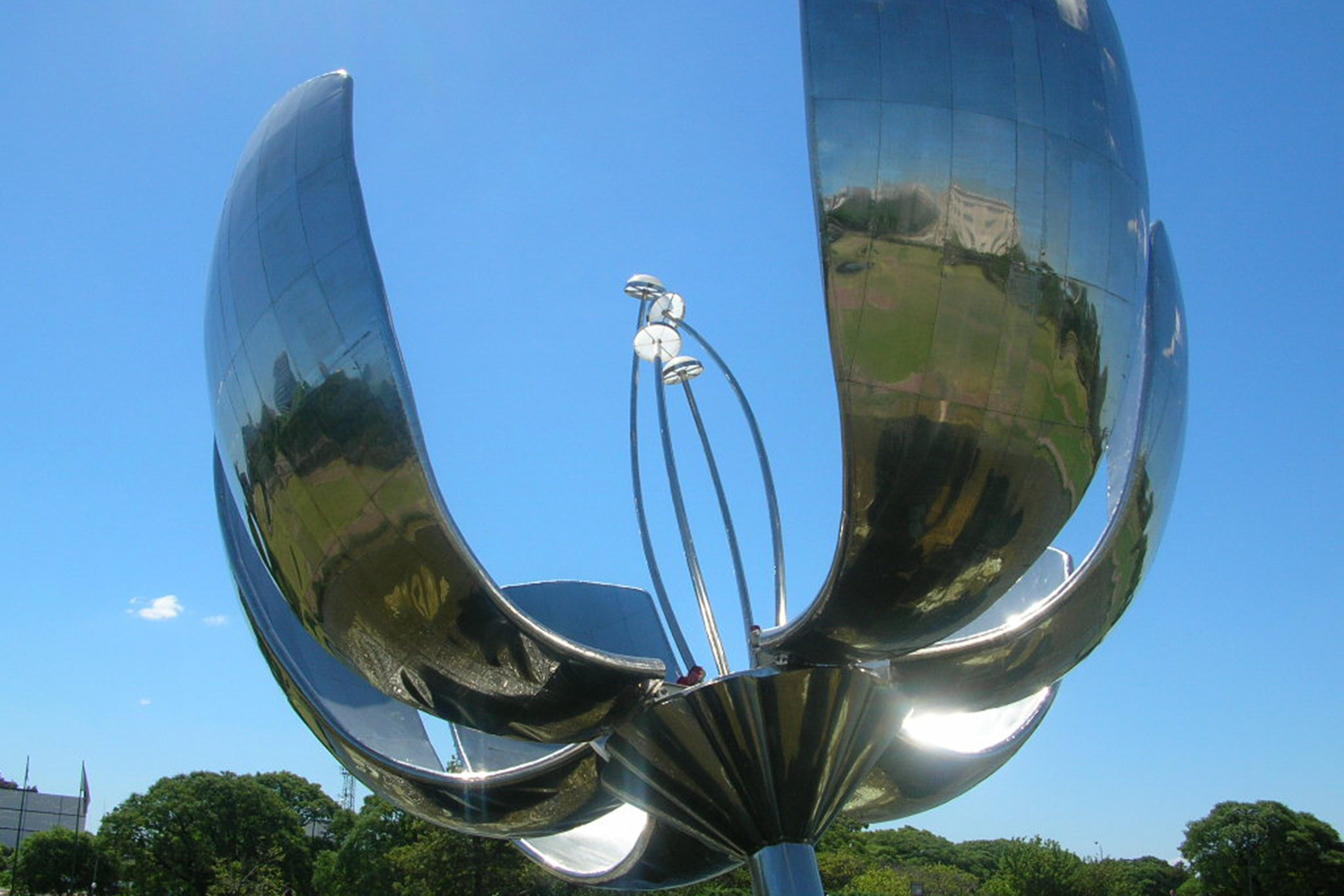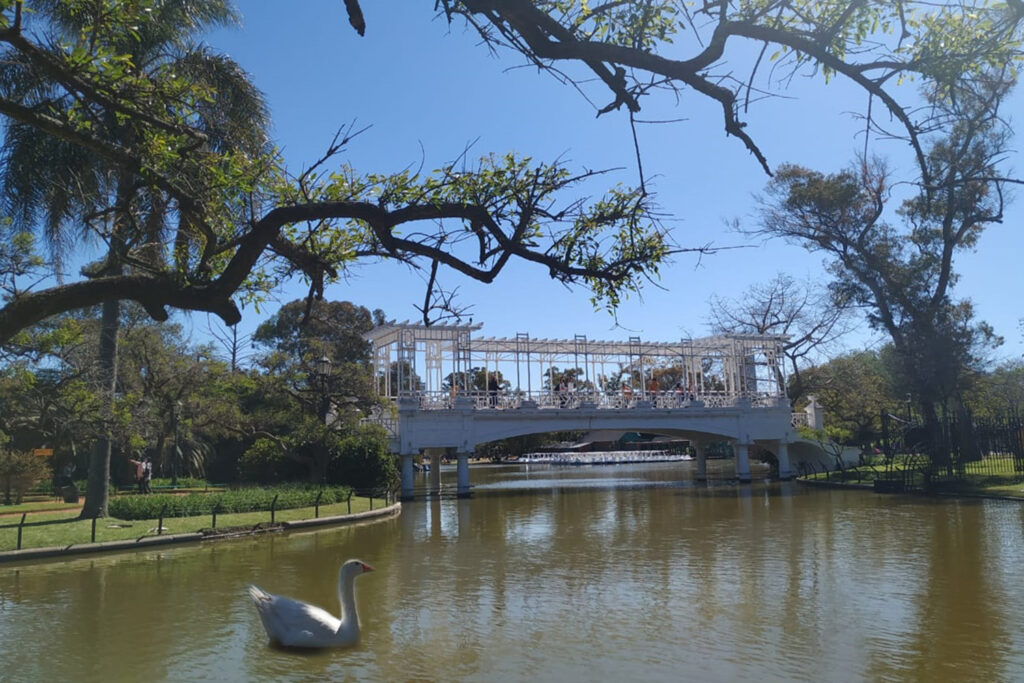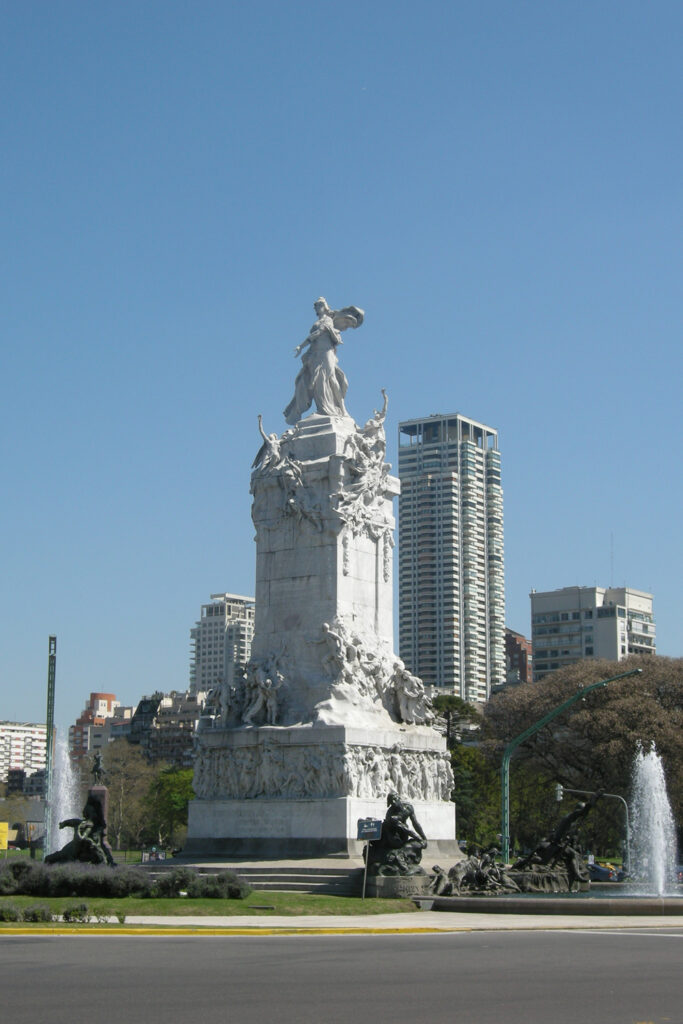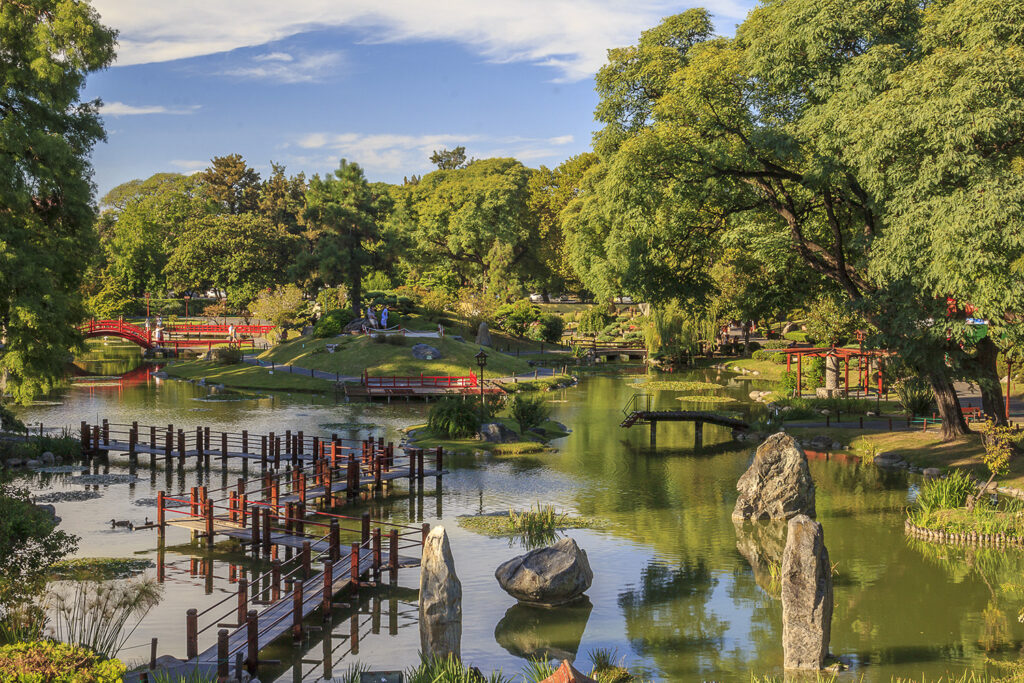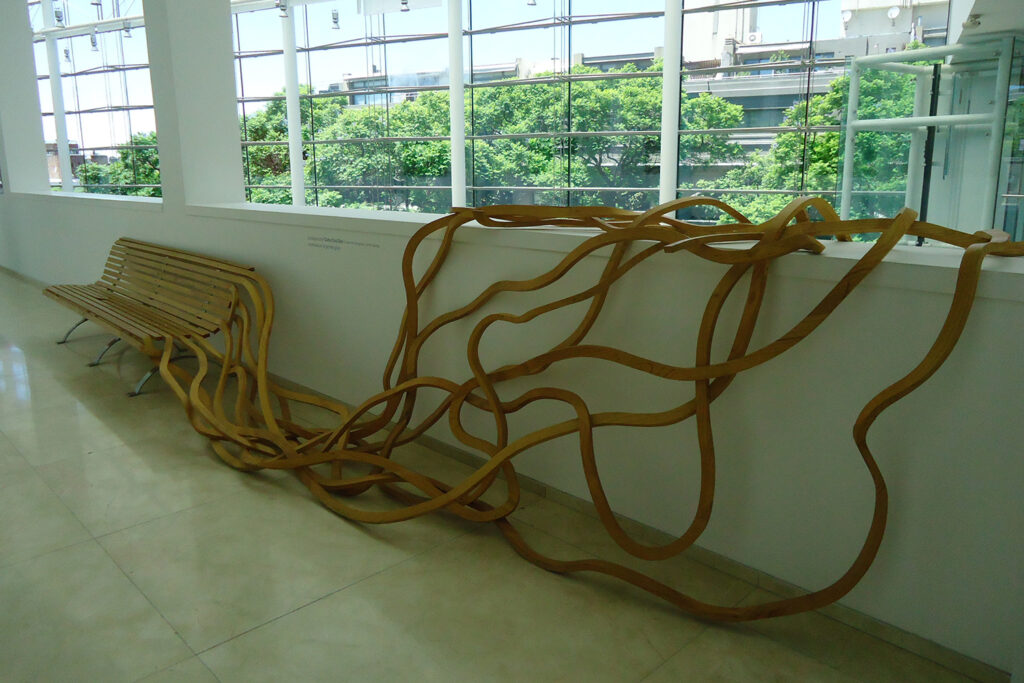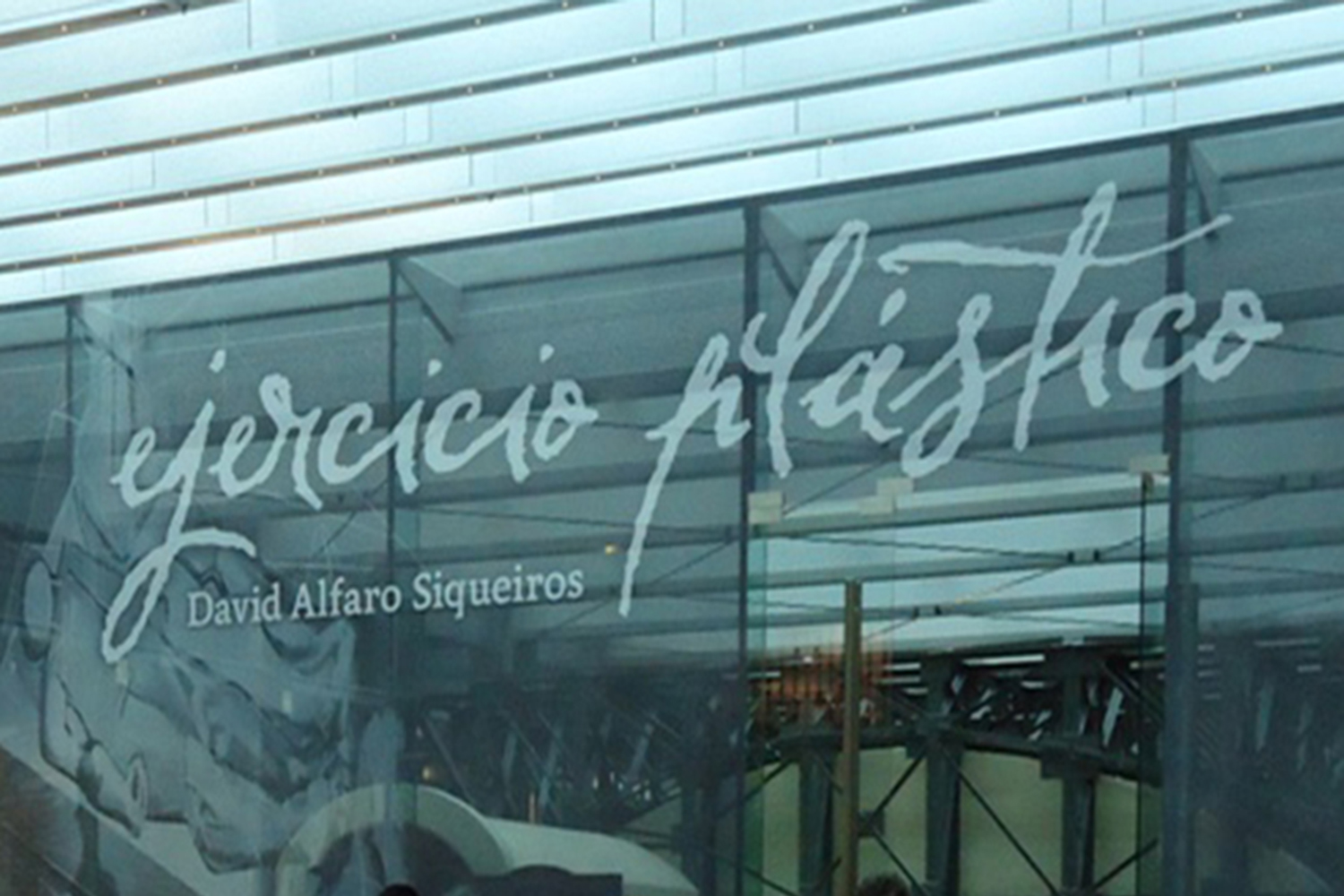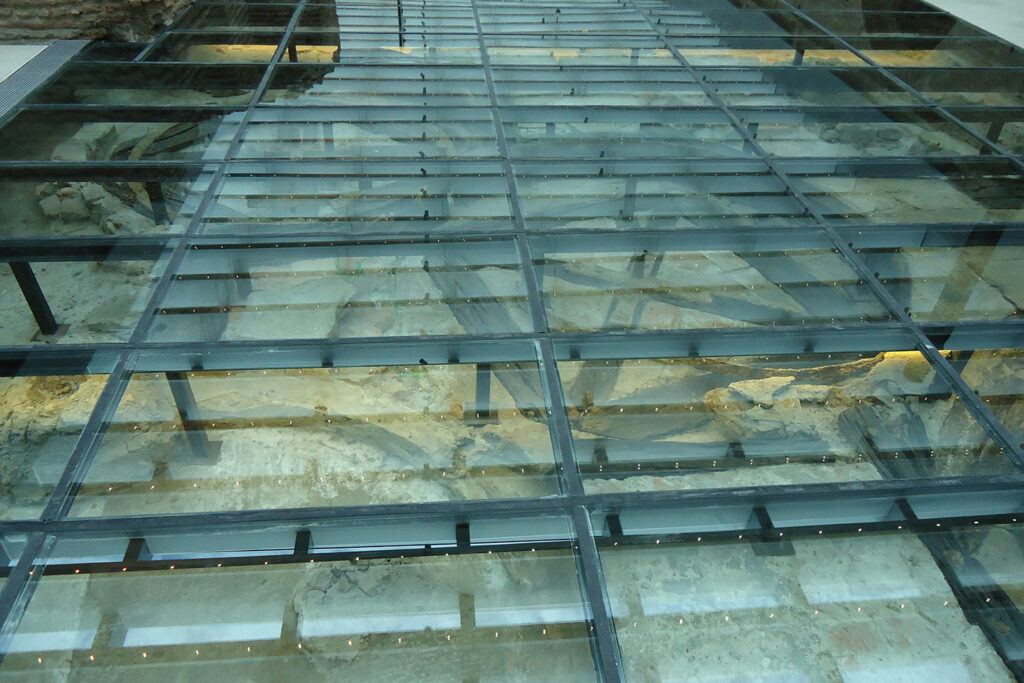Places to visit in Buenos Aires
Buenos Aires is a walking city and it’s great to explore on foot. The places to visit in Buenos Aires that we mention below are adored by adults and children alike. Let’s venture into Buenos Aires' diverse neighborhoods and its essential attractions.
Monserrat
The oldest neighborhood in Buenos Aires, Monserrat was the site of the first Spanish settlers in 1580. Around the Plaza de Mayo lies important public buildings, churches, museums and the headquarters of the National government, Casa Rosada. Its famous balcony is where Juan and “Evita” Perón addressed the masses during the late 1940s and early 1950s.
A must-visit is the Casa Rosada Museum which stands on the spot occupied by the original colonial fort of Buenos Aires. It explores the history of Argentina, from colonial times to the present, and houses the remains of the original walls of the former customs house, as well as an acclaimed mural created by Mexican artist David Alfaro Siquieros. The museum is open Wednesday - Sunday, and on public holidays, 10am - 6pm (last entry at 5,30pm). Free Entry.
A definite must is a visit to the famous “Grand Café Tortoni” on Avenida de Mayo. Order the churros and hot chocolate or just coffee.
La Boca
In the mid-nineteenth century, port activity grew and La Boca became a maritime district. Later, artists and bohemians came to live here, giving rise to this picturesque neighborhood, immortalized in the works of the artist Benito Quinquela Martín. The places to visit in La Boca are:
Caminito Street: Take a stroll through Buenos Aires' famously colorful street museum.
Fundacion Proa: a contemporary art gallery which puts on exhibitions, concerts and seminars. On Proa’s terrace there is a very nice cafe (breakfast and lunch every day) with a panoramic view of the neighborhood.
Club Atletico Boca Juniors Stadium. Boca Juniors Museum invites visitors to relive the passion and success of the historic club through a multimedia tour, together with souvenirs and trophies.
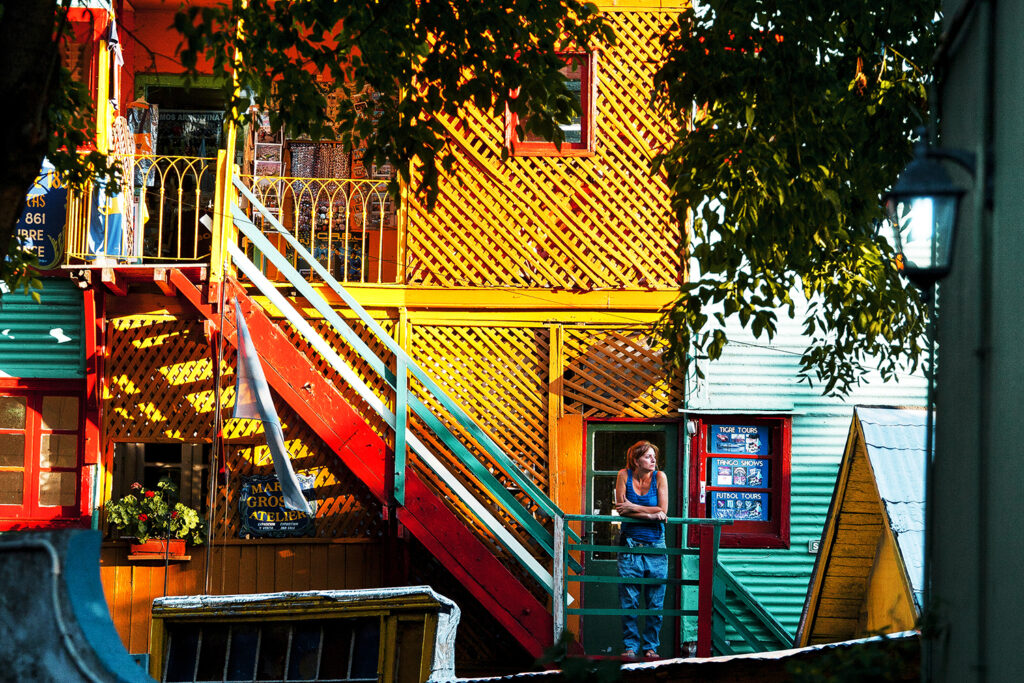
San Telmo
San Telmo is the oldest neighborhood in Buenos Aires. It’s a perfect place to spend an afternoon admiring its colonial architecture, visiting art galleries, digging for treasures in an antique shop or watching locals dance tango.
Every Sunday, hundreds of stalls are set up along Calle Defensa and Plaza Dorrego. You can find bargains such as costume jewelry, handmade lace or copper pots. The stands spill out onto neighboring streets, so keep an eye out for a souvenir or two to take home.
MACBA ( Museum of Contemporary Art of Buenos Aires)
Opened in 2012, this is one of the newest museums in the city. It has an important collection of works from national and international contemporary artists. In addition to the permanent collection, the museum organizes special exhibitions, events and educational workshops.
San Nicolas
Often known as El Centro, San Nicolás is home to a large part of Buenos Aires' financial district. With important streets such as Avenida 9 de Julio, Avenida Corrientes and Florida running through it, San Nicolas is a constantly lively neighborhood and offers many interesting attractions for visitors.
BEST PLACES TO VISIT IN THIS NEIGBORHOOD:
Colon Opera House: It is considered one of the best opera houses in the world and is renowned for its acoustics and architecture. There are daily tours and you need the tickets in advance.
Corrientes Avenue
Along this avenue are the largest number of bookstores, theaters, pizzerias and cafes in the city. Many of the cafés have been officially named ‘notable bars’, given their history, architecture or local significance, forming part of the city’s cultural heritage.
Come to Calle Corrientes and order a slice of pizza at Pizzeria Guerrin. It is regarded as one of the best traditional Pizzerias in Buenos Aires, and definitely lives up to its reputation.
Other great pizzerias of the neighborhood are Las Cuartetas, Los Inmortales, El Cuartito and Pizza Piola.
TIP: If you have time, visit both sides of the National Park. Over the Brazilian side you will enjoy jaw-dropping panoramic views of the falls. While on the Argentine side, you can literally walk into the heart of the falls and have the best frontal view of the “Devil’s Throat”, the largest jump in the Iguazu Falls.
Puerto Madero
Puerto Madero is the revived warehouse district and one of the most popular and expensive neighborhoods of Buenos Aires. Its red-brick docks, formerly warehouses, are now modern offices, hotel and residences which contrast to the architecture of the angular and fluid high-rise buildings across the waterway. Running the entire length of the four docks, this is one of the most exclusive dining scenes, in a unique setting along the city’s waterfront.
Te best place in Puerto Madero to visit is the 864-acre ecological reserve that sits between the high rises in Puerto Madero and the Rio de la Plata. It’s a very popular weekend spot for birdwatchers, walkers and cyclists. Very well-maintained trails wend their way through the reserve and lead eventually to the waterfront.
BEST PLACES TO VISIT IN PUERTO MADERO ARE:
• Puente de la Mujer ( Bridge designed by Santiago Calatrava)
• Micaela Bastidas Park
• Ecological Reserve
• Fortabat Art Collection
Visit Kayla restaurant located on the 31st floor of the exclusive Alvear Icon Hotel for contemporary Argentine cuisine and for dazzling views of the capital’s skyline.
